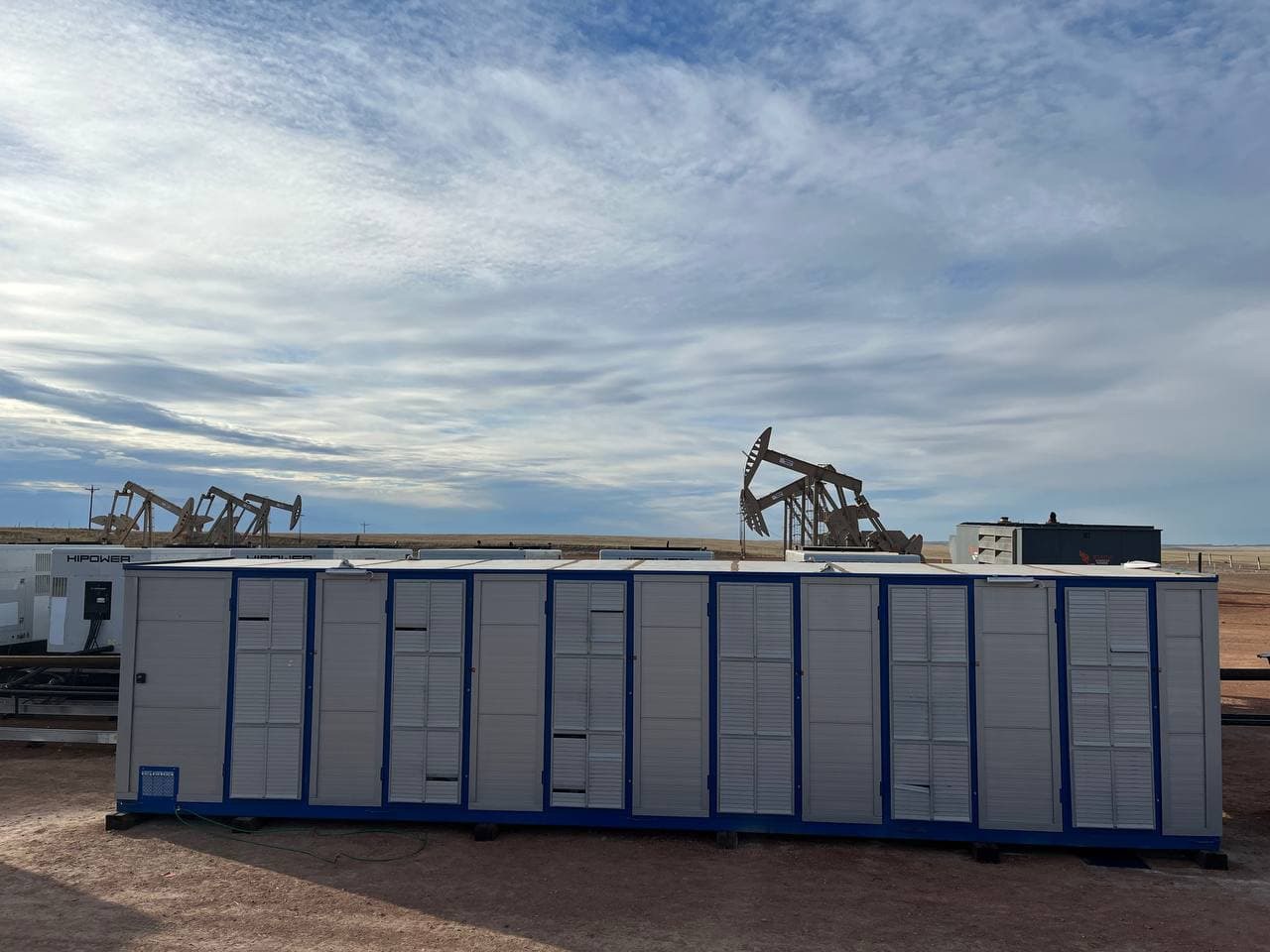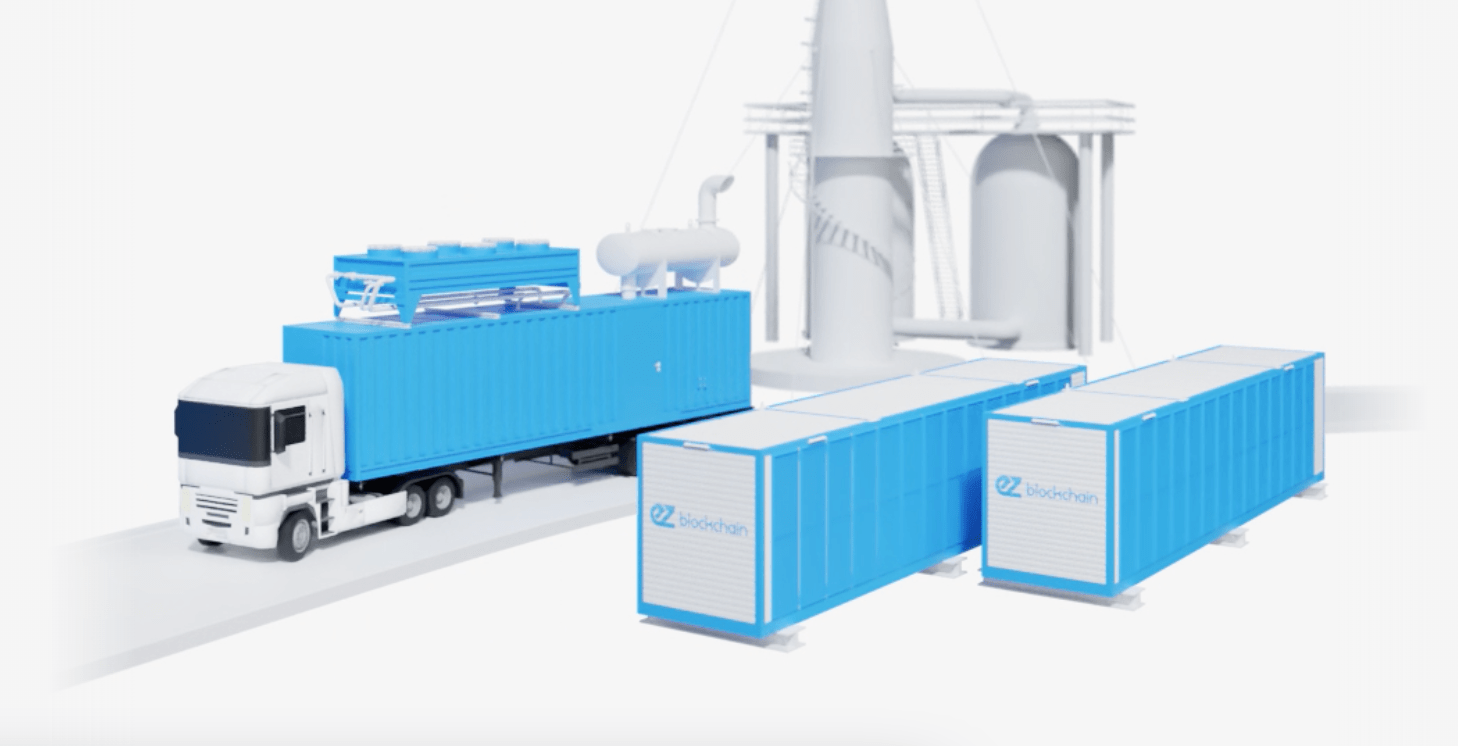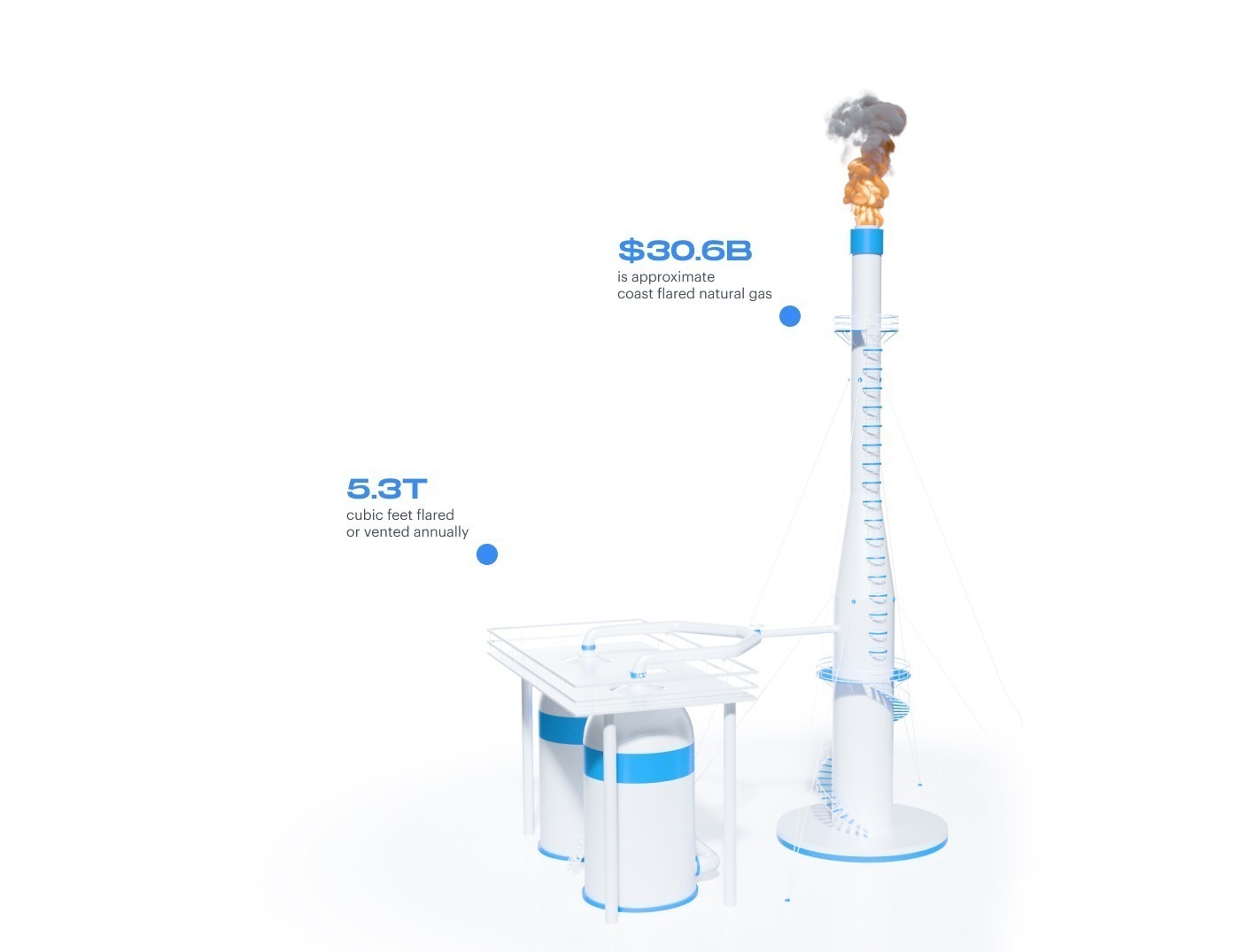Stay up to date with the latest news, announcements, and articles.
- Causes of Gas Flaring
- • Remote Locations
- • Oversaturated Market
- • Lack of Infrastructure
- • Regulations
- • Technical Reasons
- How to Reduce Gas Flaring
- • Design Wells with an Additional Separator
- • Reinjection
- • Recover and Sell Gas
- • On-Site Compression and Transport
- • Improve Efficiency of Flares
- • Generate Electricity On-Site
- A Silver Lining
- A Market for Electricity— Anywhere, Any Time
- Viable for Flares of All Types
- No Expertise Needed
- Keep Regulators Happy
- The Future Outlook
With time, researchers started to realize that gas flaring was causing a number of environmental and health problems. They are a major source of greenhouse gasses, and communities affected by gas flaring have higher rates of preterm births and respiratory illnesses. To limit the harm caused by flaring, some regulators now require gas producers to install a flaring mitigation system.
This leaves many operators of oil and gas fields, refineries, and gas processing facilities wondering how to reduce gas flaring.
So what causes gas flares, and what can we do about it?

Causes of Gas Flaring
The most common cause of gas flaring is natural gas emitted from oil fields. Oil and gas both form naturally from ancient deposits of organic material. Decomposed animal matter tends to produce more oil, while plant matter produces more gas.
Oil and gas form deep under the earth under conditions of extreme pressure. They then gradually move up through the rock in a process called “migration.” Since gas molecules are smaller and lighter than oil molecules, they move up faster, and usually end up on top of oil deposits.
Drilling an oil well makes it possible to extract oil, but it also frees the gas. There are several reasons that oil producers choose to burn off the gas rather than market it.
• Remote Locations
Sometimes a drill site is too far away from the market. Bringing gas to market requires expensive infrastructure, and it’s not always possible to transport the gas to processing facilities.
• Oversaturated Market
In some areas, gas is abundant, which drives down prices. Sometimes it’s not financially viable to sell the gas, even if infrastructure is available.
• Lack of Infrastructure
Sometimes gas production expands quickly in a region, meaning there is not enough capacity to transport and process excess gas.
• Regulations
Sometimes regulations can complicate selling gas. For example, if a company wins a contract to drill but does not own the rights to production, it can be unclear who owns the gas. In some cases, local laws may prohibit companies from selling the gas.
• Technical Reasons
Oil extraction often comes along with high and unpredictable pressure levels. Gas flaring is an easy way to manage pressure by venting off excess gas. It can also be an important safety feature for preventing pressure buildup in refineries.
How to Reduce Gas Flaring
Unfortunately, there’s no magic bullet for eliminating unwanted gas. There are a few solutions, but each has different advantages and disadvantages.
• Design Wells with an Additional Separator
In some cases, it’s possible to eliminate the need for flaring by designing wells with an additional separator to prevent gas from escaping to the surface. This adds additional development costs, and is difficult to implement once a well is already built.
• Reinjection
Reinjection of gas can increase the pressure inside a well and boost extraction. Reinjection is not possible at all wells, however, and in some cases the excess gas may be more than needed for reinjection.
• Recover and Sell Gas
If a well is close enough to ready markets, it is sometimes possible to connect directly to existing pipelines. This is an ideal solution because it allows monetizing excess gas, but it is often not feasible because of well locations.
• On-Site Compression and Transport
If a well is too remote to connect directly to gas transport infrastructure, the gas can still be liquified and trucked out. This also requires a big investment, as it requires building a liquefaction facility on site. If the amount of surplus gas is big enough, this may be worthwhile. In other cases, it doesn’t make economic sense.
• Improve Efficiency of Flares
Air or steam assisted flares can achieve much higher rates of combustion than ordinary flares. This reduces the amount of pollutants generated dramatically. Air and steam assisted flares require continuous maintenance and adjustment. For optimum results, they also need to work at close to their full capacity, so they may not be appropriate for small sites, or wells with unpredictable or inconsistent gas flows.
• Generate Electricity On-Site
Installing gas turbines or reciprocating engines at the site of wells can generate electricity directly from excess gas. This electricity can be used to power equipment or buildings, or can be sold to the local power grid.
EZ Blockchain’s Smart Grid converts gas flares into electricity onsite, and includes a mobile data center facility. In this way, 60% of CO2 emissions are eliminated, and energy can be brought to market on site with minimal infrastructure investment.
A Silver Lining
Gas flaring burns an estimated 5.3 trillion cubic feet of gas per year— an amount equivalent to the annual natural gas consumption of Germany and France combined. This amounts to a lot of pollution, but it also represents a major opportunity.
Worldwide, all of this flared gas amounts to an estimated $21 billion dollars in potential profits. This could provide a powerful economic incentive to reduce pollution levels, while increasing profitability for oil and gas producers.
The remote location of many oil wells has so far made it difficult to bring electricity generated on-site to market. Another challenge is that flares are sometimes scattered over a wide area, making it more expensive to install infrastructure for generating and transporting energy.
The rise of computation-intensive blockchain networks, however, is starting to have a major impact on the market. For the first time in history, there is a highly mobile industry ready to buy energy anywhere, any time.
A Market for Electricity— Anywhere, Any Time
Decentralized blockchain networks have exploded in popularity over the last decade, with many speculators rushing to cash in on the digital gold rush. These networks are valued for having strong security guarantees which are sometimes backed by massive amounts of computation.
Digital currencies power most blockchain networks. In many cases, contributors to the network receive rewards for providing computation services. This process only requires three things— equipment, an internet connection, and most importantly, electricity.
The demand for energy by blockchain networks has surged in recent years, growing from just 10 TWh in 2017 to over 200 TWh in 2022. The industry overall is valued at over $2 billion today, with an estimated compound annual growth rate of 28.5%.
Viable for Flares of All Types
Mobile data centers can monetize almost any amount of gas— some microturbines are as small as 25 kW. The equipment used in the computation is light and can be easily transported even to the most remote location.

Internet uplink via either satellite or mobile networks is sufficient for this process, and all electricity needed is generated on site. Once operational, the data centers require very little maintenance, and can be monitored remotely.
No Expertise Needed
The world of blockchain networks can be intimidating and confusing (and sometimes controversial) for newcomers. Whatever your background or personal views on these networks may be, there is no denying the potential for profit.
Cashing in doesn’t necessarily require learning the ins and outs of the technology. If the price of electricity is right, a growing number of entrepreneurs and companies will be prepared to lease space in mobile data centers. If the volume of the operation is big enough, though, it may make sense for some oil and gas producers to invest in computing equipment and hire technicians themselves.
Keep Regulators Happy
Natural gas generators can be significantly cleaner and more efficient than flaring. The low oxygen content inside the generators allows for the easy control and reduction of emissions with a simple aftertreatment. This can actually eliminate CO2 emissions entirely.
Besides avoiding fines and earning income from data centers, this could also be profitable in other ways. The state of North Dakota, for example, offers tax incentives for using a flare mitigation system.

The Future Outlook
The market for digital assets is notoriously volatile, but despite some ups and downs, the sector has seen steady growth over the past decade. Part of past volatility was also caused by unregulated markets, a factor which is changing as regulators establish guidelines for the industry.
Most analysts expect digital assets to play an increasingly important role in financial markets in coming years. Beyond just monetizing excess gas, investing in gas powered mobile data centers could be a wise long-term investment.
The market capitalization of the digital asset market was less than $10 billion in 2016, and expanded to nearly $3 trillion in 2021. The market has since contracted, hovering between $1 and $2 trillion in 2022, but this is still extraordinary growth.
Many of the underlying conditions that drove growth over the last decade remain. Fears about inflation, especially in low-income countries, remain high. Many inefficiencies in international remittances are yet to be remedied. Perhaps most importantly, millennials are inheriting wealth from baby boomers, causing attitudes about investment to change.
As the market continues to mature, there’s a distinct possibility that investments in mobile data centers could yield excellent dividends. Oil and gas producers could negotiate higher rents or energy prices with leasers, or potentially accumulate digital assets themselves.
This additional income could help producers weather low prices. The ability to convert gas to cash anywhere, any time has the potential to be an absolute game changer for the oil and gas industry.
By providing turnkey solutions for setting up and powering mobile data centers at flare sites, we make it easier for both cryptocurrency miners and oil well owners and operators to reduce emissions and increase profits. Join us in building a cleaner and more efficient future today.
Fill out a form and our bitcoin mining expert will contact you.
FREE CONSULTATIONchoose
a miner
profit and
understand data?
business remotely
with EZ Blockchain?
Fill out a form and our bitcoin mining expert will contact you.













